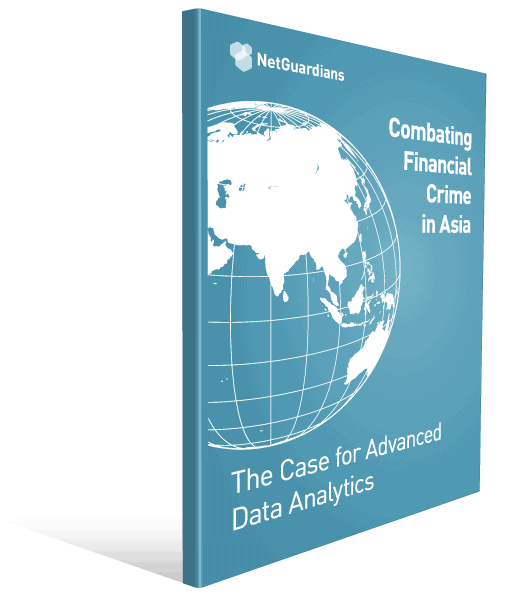Combating Financial Crime in Asia
In this informative page, we provide insights and data on key regional markets, including the international financial centers of Hong Kong and Singapore, as well as Indonesia, Malaysia, Thailand, the Philippines, Vietnam, Cambodia, Laos and Myanmar. We do not touch upon Mainland China, Korea, India or Japan. Our research has been greatly assisted by interviews with experts on financial crime and risk management working across the region. With their assistance, we offer examples of the key types of financial crime and fraud that banks in these markets are facing and then set out the case for a technology-led approach to improving operational risk management and compliance. Technology systems that employ advanced, real-time data analytics offer clear advantages over established risk-management practices based on manual processes, re-keying and the use of Excel spreadsheets. There are some technology-based solutions that are less sophisticated, but they bring with them the risk of triggering large numbers of false positive alerts that risk swamping the organization’s capacity to respond. By incorporating machine-learning techniques into the data analysis system, its predictive performance can be improved, increasing its accuracy and reducing the proportion of costly false positives. This allows a more efficient use of risk-management and compliance resources, helping the bank to satisfy the demands of its regulators and underpin its security and profitability.
Use the table of contents below to navigate through the page:
1. Executive summary
2. Introduction
3. Key Financial Crime and Banking Fraud Challenges in South-East Asian Markets
4. Weak Corporate Cultures and Prevalence of Bribery
5. Major Areas of Concern and Vulnerability for Banks
6. Advanced Data Analytics: The Next Frontier in the Fight Against Financial Crime and Fraud
7. The Key Benefits of Moving to Advanced Data-Analytics Systems
8. Main Features of an Advanced Behavioral Data-Analytics Solution
9. Conclusion






















